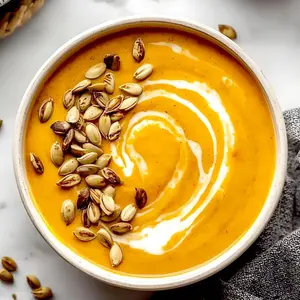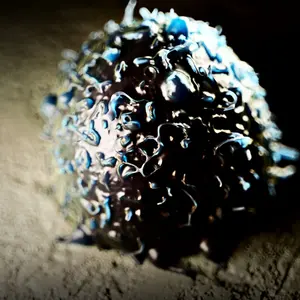

WELLthier Living and Aging

WELLthier Living and Aging
Nutrition for Migraine Prevention and Treatment
Migraine and severe headaches are the second leading cause of disability worldwide, affecting about one in six US adults. Though exact pathophysiology of migraine is unclear, a growing body of research suggests a relationship between migraines and nutrition.
About 25% of patients report that migraine symptoms can be triggered by certain foods, and some studies suggest food sensitivities and other allergens may play a role in inflammation associated with migraine.
Nutritional interventions can affect inflammation, vasodilation, cerebral glucose metabolism, attack frequency, and severity. Certain plants such as butterbur and nutritional supplements such as CoQ10 and magnesium citrate have been found to improve outcome among migraine sufferers. A 2017 study found evidence that elimination diets to address food sensitivities successfully controlled migraines without the need for medication. Other dietary approaches such as the DASH diet, low-lipid diets, and low glycemic index diets have all been associated with reduced migraine attacks.
Inadequate intake of omega-3 fatty acids was correlated with higher frequency of migraine attacks in a study of 105 Iranian migraine patients. The study suggests that a higher consumption of foods containing omega-3 polyunsaturated fatty acids (PUFAs) such as DHA and EPA may reduce migraine frequency. A separate clinical trial suggested PUFAs are useful for preventing migraines. A 2017 study showed that supplementation with omega-3 fatty acids plus curcumin may be used to effectively treat or prevent migraines. A meta-analysis of randomize controlled trials suggests that omega-3 intake leads to a significant reduction in duration of migraine.
Research indicates that non-drug migraine prevention treatments are underutilized in clinical practice. Continued research into nutrition’s potential impact on migraine prevention and treatment may aid clinicians in developing personalized treatment plans.
REFERENCES
The Institute for Functional Medicine. (n.d.) Decreasing migraine frequency with nutrition. Retrieved from https://www.ifm.org/news-insights/pain-non-drug-therapies-for-migraine-patients/


 By
By







